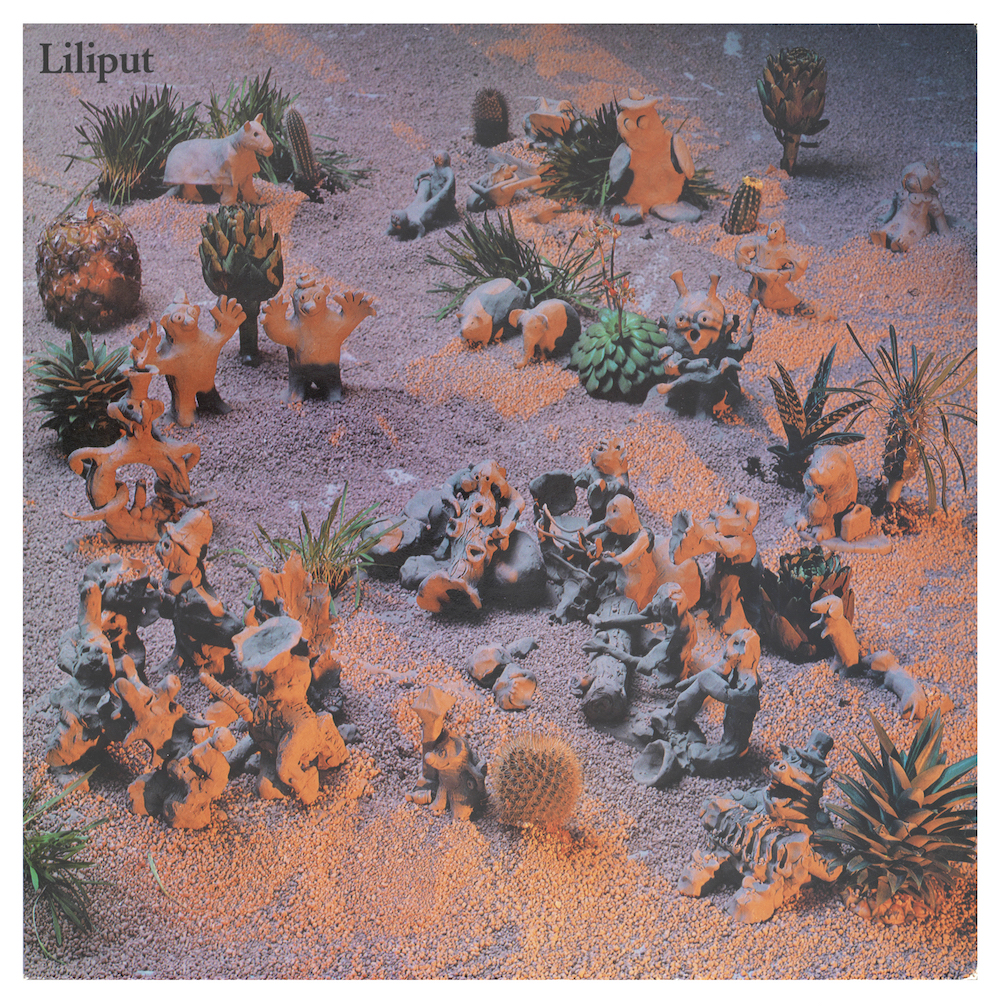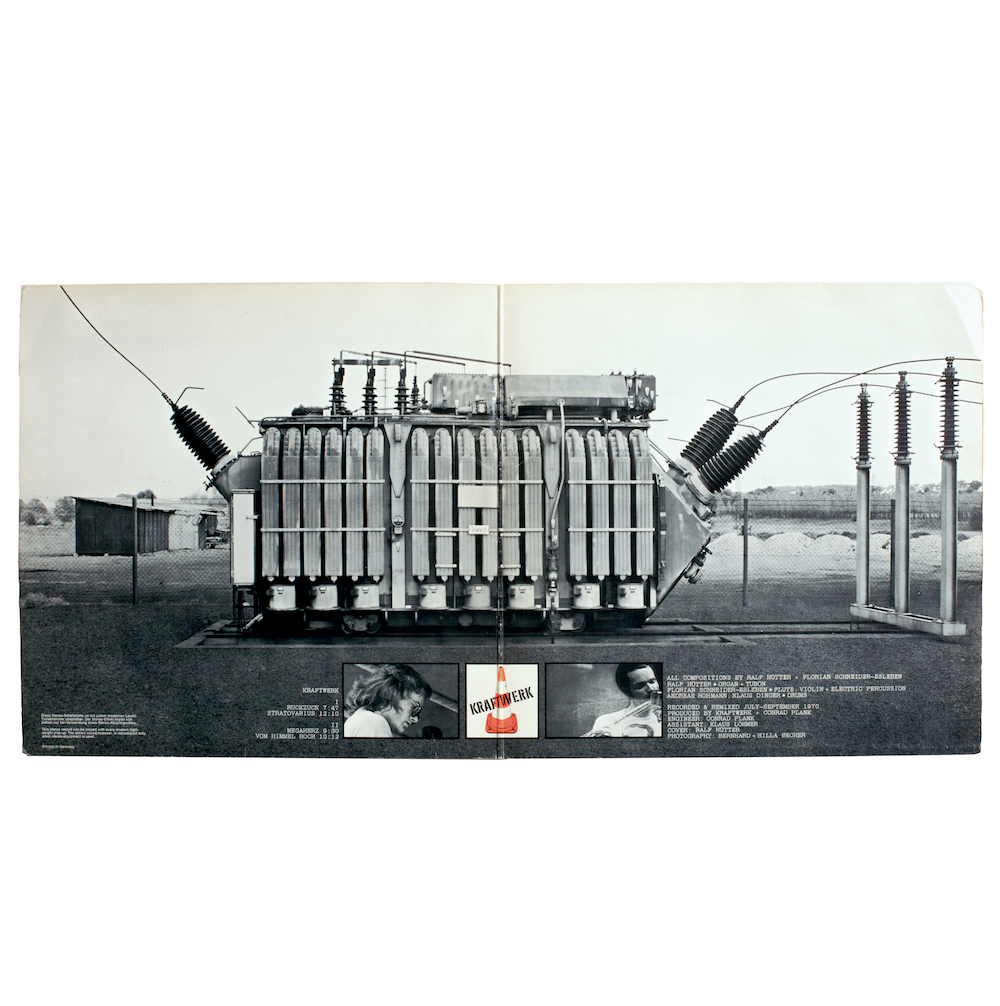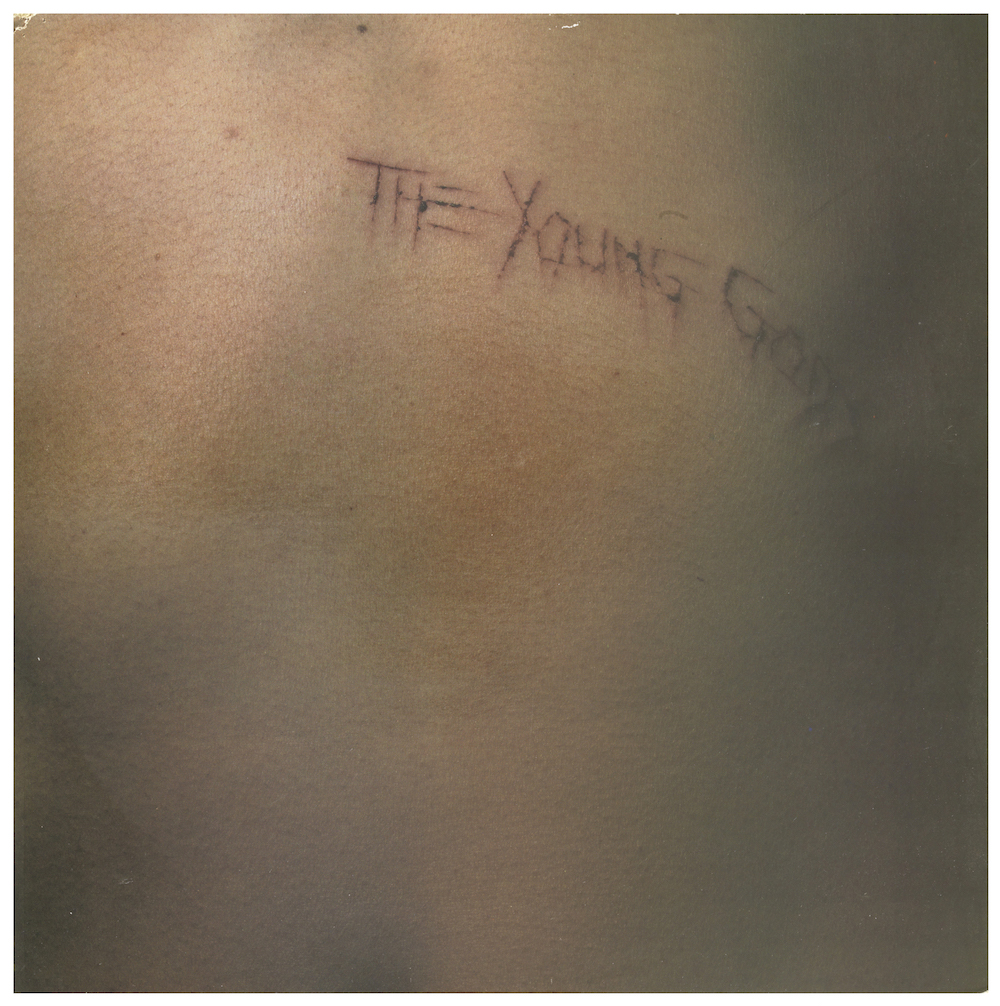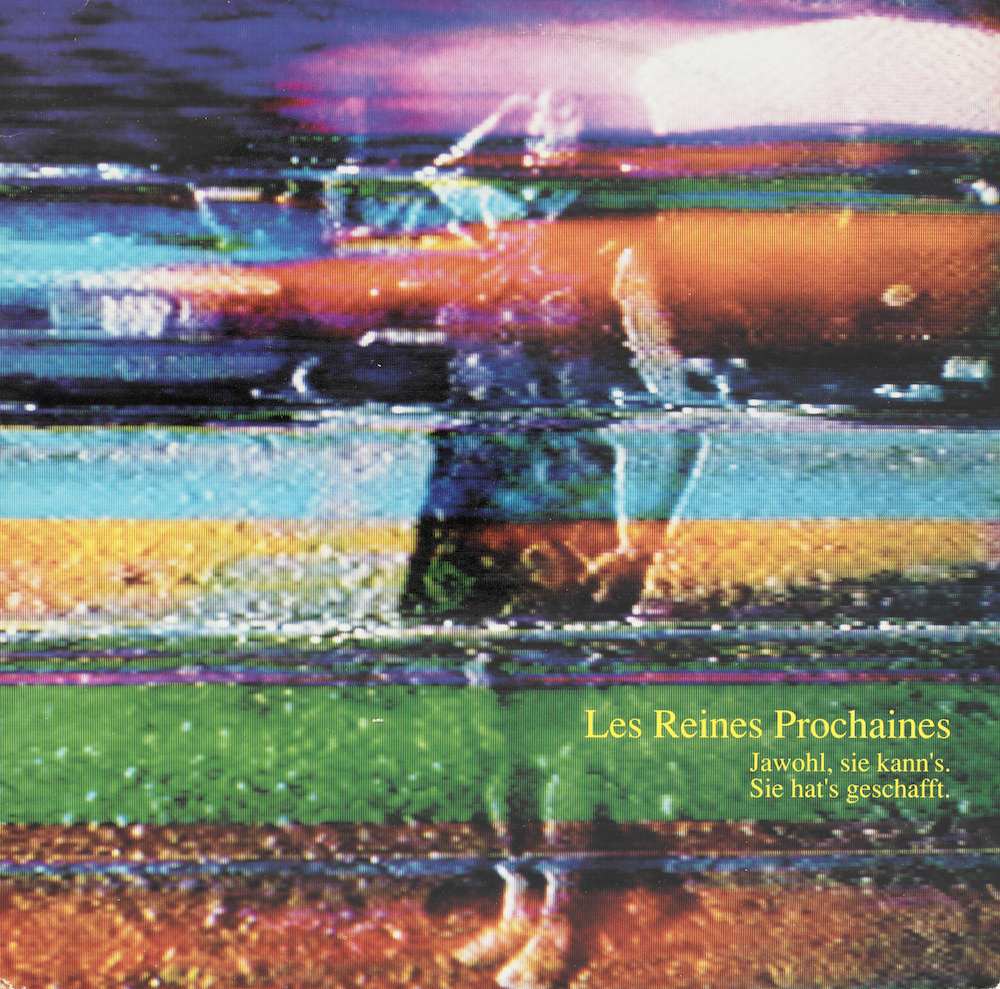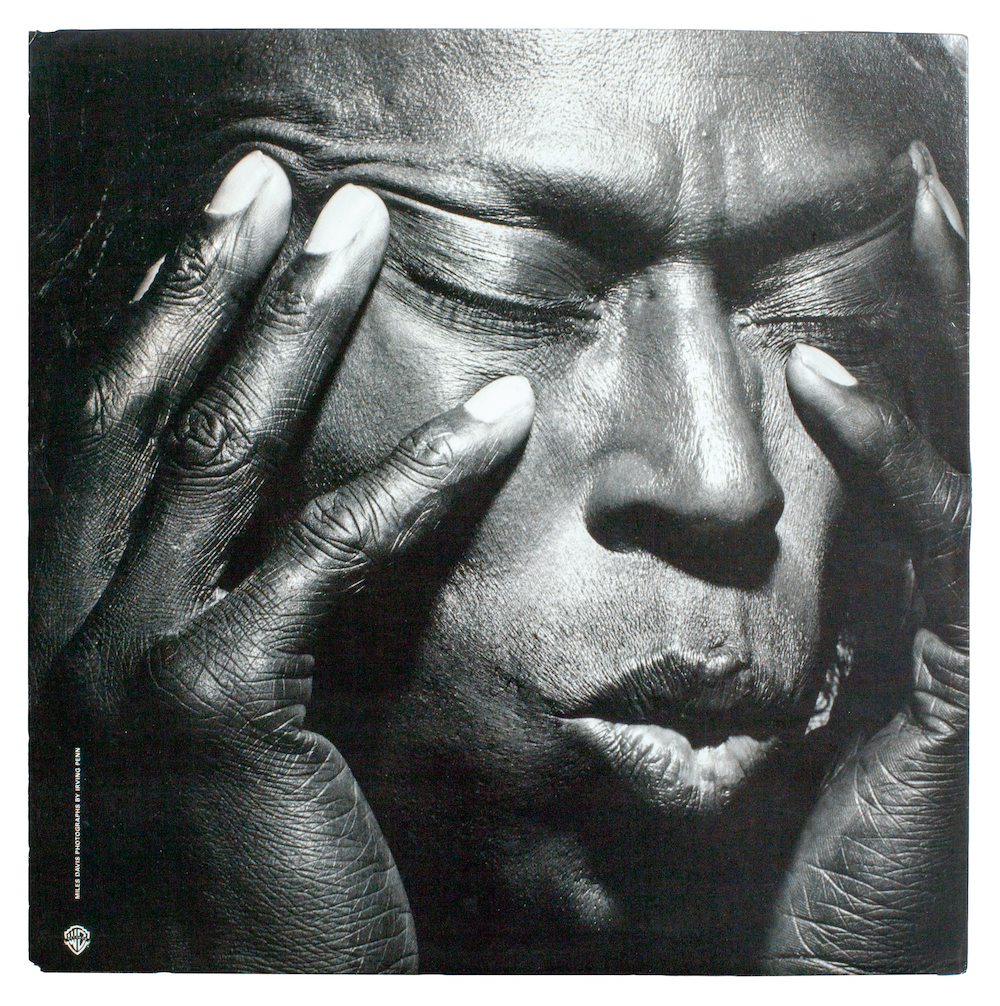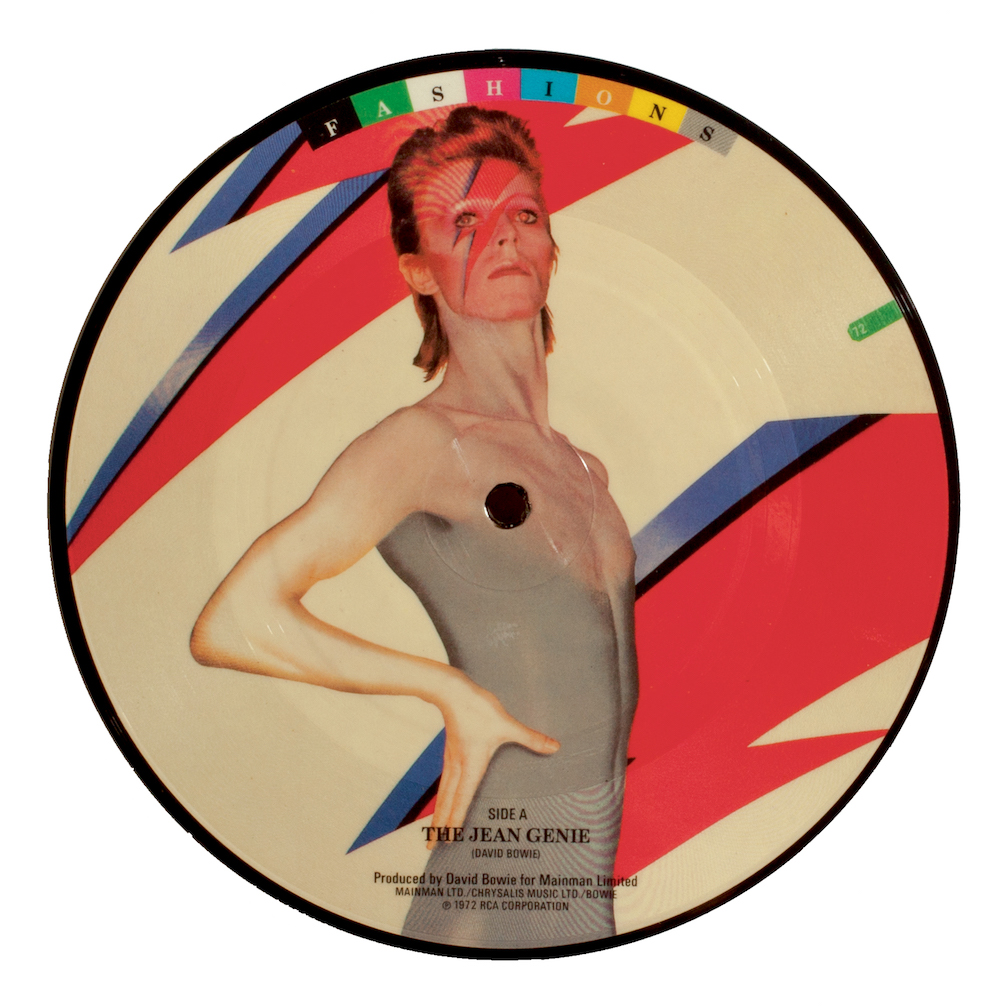The music album has seen its relevance change in the digital age, where we can pick and choose snippets of artist and genre as we please, and with ease. So where does that leave the long tradition of cover art? A show presented at C/O Berlin seeks to find out while celebrating the rich history of music and art.
In a time when we’d sooner illegally download (not we Elephants of course… ), stream a single tune direct from Spotify or watch on YouTube, the full album has lost its authority somewhat, songs plucked hither and thither, with very little desire to sit and listen to the full event from beginning to end. The whole package is less important, more so, the showstoppers and individual hits as we jump from genre to genre, artist to artist.
Of course, this loss of completeness of an album has brought with it an inevitable decline in the importance of the album cover–helped, in no small part, by the intangible nature of digital music–which was once a clear indicator of concept and spirit that neatly advertised, communicated and encapsulated a band or artist’s latest offering.
Germany’s Museum for Photography C/O Berlin are currently presenting a celebration of sorts at the city’s Amerika Haus for the iconic pairing of music and art, with their exhibition Total Records: Vinyl & Photography. As the name suggests, the emphasis is on photography over other mediums, though the many imaginative ways in which the photograph has been adapted and warped for various covers from the 1960s to the present day are explored here in full.
While there are many instantly recognisable images—from Bowie’s 1982, Brian Duffy-designed vinyl The Jean Genie to Grace Jones’s iconic cover of Island Life (designed by Jean-Paul Goude and released in 1985)—it is the lesser-known images, or indeed, known images but lesser-connected artists, which offer the most.
Swiss, female pop band Les Reines Prochaines credit Kathy Freisager, Pipilotti Rist and Omi Scheiderbauer, all of whom’s influence can be recognised on the trippy cover of 1990’s Jawohl, Sie Kann’s. Sie Hat’s Geschafft. Another Swiss band, LiLiPUT (incidentally, originally called Kleenex, changing their name after potential legal issues with the tissue brand of the same name), called on Peter Fischli & David Weiss for the whimsical cover of their eponymous 1982 album.
This is a travelling exhibition, which holds over 500 album covers with pairings including; Robert Frank and The Rolling Stones, Helmut Newton and INXS, Nobuyoshi Araki and Björk, and Jeff Wall and Iggy Pop. The nature of the album cover as a site for political statements is also explored here, as well as a space for creative collaboration.
It’s interesting too to consider Beyonce’s Lemonade in this light, the ‘visual album’ which rocked the mainstream in 2016. While moving away from the classic image plastered onto a solid, tangible, object, the album in many ways followed the original album art concept, drawing together a rounded visual with which to express the sound. This idea is clearly long-worn when considered as a music video, but the creation of something visual which encourages a full listen and a view of an album as a complete entity is something our pop stars rarely push.
“Total Records. Vinyl & Photography” shows at C/O Berlin in Amerika Haus, Hardenbergstraße 22-24, until April 23, 2017
